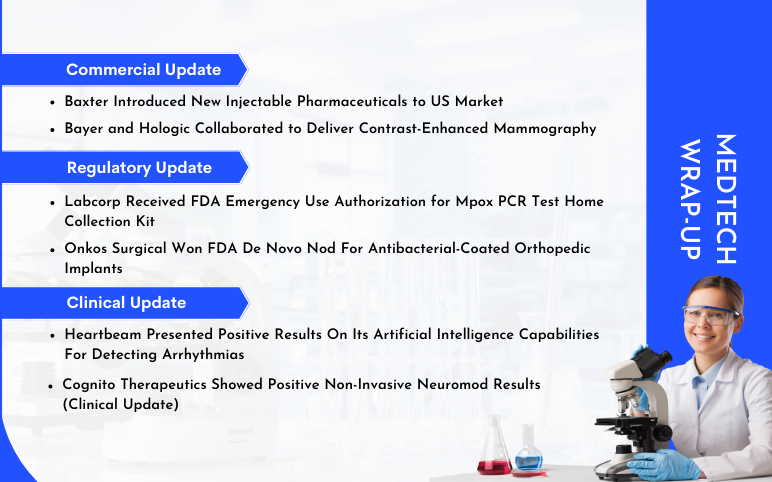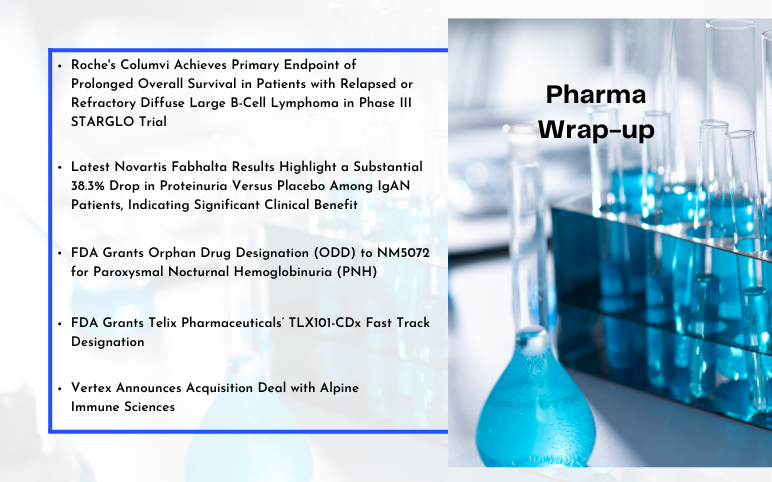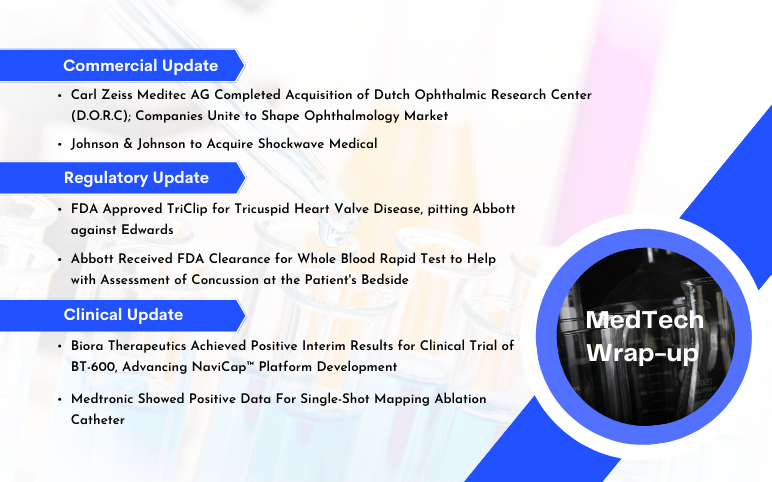Table of Contents
Prosecutors rope Pfizer into fast-growing copay assistance probe
After first focusing on biotech and speciality pharma, the feds have made their way to Big Pharma, with the New York drug giant joining a group that includes Gilead Sciences, Biogen, Valeant Pharmaceuticals and others about ties to copay assistance programs. Such patient assistance programs have come under fire lately, with critics arguing pharma companies use them to boost sales. Governmental regulations prohibit drugmakers from linking their charitable contributions to their own meds, and drug companies aren’t allowed to offer direct co-pay assistance to patients covered by Medicare or Medicaid. Before Pfizer, Regeneron was the latest to disclose a subpoena in the government’s growing probe.
Pharma groups to FDA: Stop that new off-label rule in its tracks
Cheered by victories in off-label marketing lawsuits, pharma companies were expecting some loosening of the regulatory shackles when the FDA rolled out a new rule on the subject. But that rule, published in the Federal Register last month, sent drugmakers into a minor tizzy—and industry groups are demanding that the FDA set its new off-label regime aside. In a citizen petition filed earlier this month, and recently posted to the agency’s website, the industry groups PhRMA and BIO and the Medical Information Working Group called on the FDA to stay the new rule and instead use a standard proposed in September 2015.
Regeneron simulates retinal disease with virtual and augmented reality app
Together with Intouch Solutions, Regeneron Pharmaceuticals has created a virtual and augmented reality app called “In My Eyes” that allows viewers to experience the blurriness, wavy lines or black patches caused by different types of retinal disease. The app can be used with or without VR goggles and works in two modes. In story mode, viewers look around a doctor’s office in full 360 degrees and see three patients waiting. Choosing any patient will open up that person’s story along with a video from their life, like a birthday party or picnic, shown through their specific retinal eye disease view. The three diseases featured are neovascular age-related macular degeneration or wet AMD; diabetic macular edema or DME; and macular edema following retinal vein occlusion, or MEfRVO. The second view is live mode, which engages the phone’s camera to allow viewers to see whatever is in their field of vision through the three different retinal conditions.
Otsuka and Lundbeck revive Rexulti mask campaign as U.S. uptake soars
The Pfizer fill-finish plant whose manufacturing problems have gut-punched the expected approval of a generic of Teva’s long-acting Copaxone is a former Hospira plant with a history of issues. Execs at Momenta, which is developing the generic drug with Sandoz, said this week that they think an approval is still possible this year, but at least one researcher that has taken a deep dive into the Form 483 issued to the plant says he will be surprised if the issues can be resolved before late next year. The FDA issued a warning letter last week to the McPherson, Kansas, plant which is handling the fill and finish of Glatopa for Momenta and Sandoz. The facility already produces their 20-mg version, which was approved in 2015, and which Pfizer says is unaffected by the warning letter. The more valuable long-lasting 40-mg dose was expected to be approved this quarter.
Former Valeant, Philidor execs plead not guilty to multimillion-dollar fraud and kickback charges
The former Valeant and Philidor execs accused of engineering a multimillion-dollar fraud and kickback scheme deny the charges. Former Valeant senior director Gary Tanner and former CEO of now-dead specialty pharmacy Philidor, Andrew Davenport, pleaded not guilty to charges from federal prosecutors. The pair was indicted on four counts, including conspiracy to commit wire fraud and conspiracy to commit money laundering. According to the FBI special agent handling the investigation, Tanner received $10 million in kickbacks issued by Davenport that were “laundered through a series of shell companies and transactions designed to conceal the illicit payments,” DOJ documents said.









-Agonist.png)


